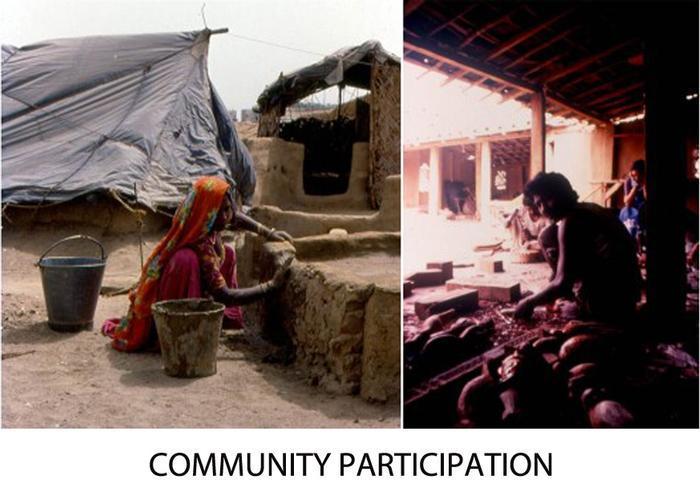Jacob Leckie Schlussel and Ting-Chun Yang - ProposalFostering Change through Images: How Architects Can Lead the ConversationThroughout history, architects have more than once been enablers of the display of wealth and power. We are taught about the Stourhead Estate as a marvellous example of the English Landscape Garden whilst omitting the involvement of the builder’s family in the transatlantic slave trade. We are taught about the creation of suburbs in the United States as a result of economic prosperity rather than discussing its role in the effort to enhance residential segregation. We learn about Central Park without talking about Seneca Village that fell victim to its creation.
Needless to say, if architecture, acting as a physical manifestation of power, were the only means of artistic expression for architects it most certainly would be the inescapable agent of our downfall. Among few other professions, architects have the rare ability to work prospectively. Architects can portray the future in a way that seduces people into imagining alternatives to the existing status quo.
Like many cities affected by rural-urban migration, the German city of Cologne is facing a growing shortage of housing and is projected to gain another 200.000 inhabitants by 2040. To fight the mounting challenges of housing shortage, land use for urbanisation and climate change, in 2016 the local architect Martin Bachem proposed the construction of a high-rise ring that would symbolically represent the old medieval city wall and create living space for 100.000 new residents.
Well aware that his proposal “Stadtplastik” was far from providing a feasible solution within the political climate at that time, Bachem’s renderings created a thought-provoking vision that was impossible to ignore. Due to the imposing nature of images, his proposal triggered instant press coverage. What followed was a public discussion about the future of the city involving the mayor, the head of the city planning department and local residents. Bachem’s proposal is proof that architects can influence their environment not only by creating buildings, and moreover suggests offering new perspectives should be the driving force behind our work.
As future architects, we are not political decision-makers, we plant seeds of change with our ideas. The complex nature of social problems often exceeds our sphere of influence. But we cannot withdraw ourselves from the responsibility we bear. It touches our professional ethics to be true to our inner stance, to not simply produce designs that directly correspond to our client’s wishes, but instead push the boundaries towards a less conventional, more intelligent solution.
Residents know what is good for their well-being. They know that their community can evolve towards being more user-friendly and environmentally sustainable. Yet it needs powerful images to convince people of the idea’s feasibility. As future architects, we are called upon to use our unique skillset to serve our community by taking the first step from concept towards fruition. In doing so, we do not simply change the built environment one building at a time, but more strikingly create an atmosphere of positivity towards the future by spreading ideas that travel from one mind to another without boundaries. Additional Help and InformationAre you in need of assistance? Please email info@berkeleyprize.org. |

